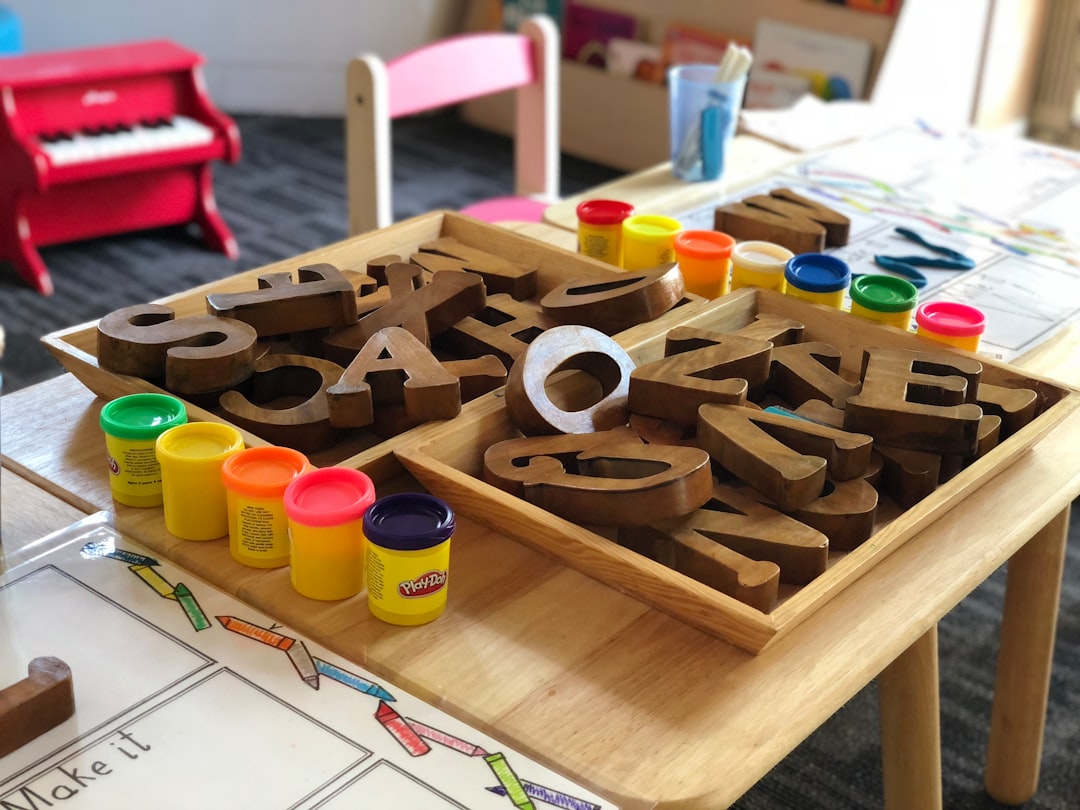Recognizing child abuse, particularly emotional and physical neglect, is vital for pediatricians who act as frontline defenders. They detect signs like behavioral changes, mood swings, aggression, academic decline, and physical symptoms that may indicate daycare abuse or other forms of maltreatment. Daycare abuse law firms in Kansas highlight the importance of early detection by pediatricians, who can connect abused children with support systems to heal and ensure their future development.
Pediatricians play a pivotal role in identifying signs of abuse in children, often serving as the first line of defense against child maltreatment. This article delves into the crucial responsibilities of these healthcare providers, focusing on recognizing both physical and emotional indicators of abuse. We explore Kansas state laws that govern reporting suspected daycare abuse, emphasizing legal protections for pediatricians. Additionally, we discuss effective communication strategies to build trust with families and facilitate disclosures, along with referral processes to specialized support networks.
Recognizing Physical and Emotional Signs of Abuse

Recognizing potential signs of abuse in children is a critical aspect of a pediatrician’s role, especially considering the impact on a child’s well-being and future development. Physical abuse, often evident through visible injuries, bruises, or repeated fractures, requires immediate attention. However, it’s essential to also acknowledge that emotional abuse leaves fewer tangible marks but can be just as damaging.
Pediatrists are trained to observe behavioral changes, such as persistent sadness, fear, or aggression, which might indicate a child is experiencing emotional turmoil. Additionally, daycare abuse law firms in Kansas highlight the significance of looking for signs like sudden changes in appetite, sleep patterns, or school performance—all potential indicators of underlying issues that need addressing.
– Common physical indicators of child abuse

Child abuse can leave visible and invisible scars on a child’s well-being, and pediatricians play a pivotal role in identifying these signs early on. Some common physical indicators that may suggest child abuse include bruising, especially in areas that are hard to reach or not easily explicable by accidental causes. Other notable signs are broken bones, burns, and rashes. These can be indicative of physical violence, neglect, or even shaming through harsh punishment methods.
Additionally, pediatricians should look out for behavioral changes such as withdrawal, sudden aggression, or extreme fear of certain people or places. Prolonged emotional distress can also manifest in physical ways, like recurring headaches, stomachaches, or sleep disturbances. Daycare abuse law firms in Kansas emphasize the importance of these observations, highlighting that early intervention through pediatrician vigilance is crucial to protect children and provide them with the necessary support systems.
– Behavioral changes that may signal emotional abuse or neglect

Children who experience emotional abuse or neglect often display noticeable behavioral changes that can be red flags for pediatricians and parents alike. These changes may include abrupt shifts in mood, increased aggression or withdrawal, sudden drop in academic performance, or a tendency to avoid social interactions. Kids might also exhibit physical signs like frequent headaches, stomachaches, or sleep disturbances without apparent medical causes.
Daycare abuse law firms in Kansas highlight that pediatricians play a crucial role in identifying these subtle signals. Regular check-ins and thorough assessments can help healthcare providers catch potential abuse early on. By staying vigilant and considering the child’s overall behavior, developmental milestones, and any changes in their emotional state, pediatricians can be powerful allies in protecting vulnerable children from further harm.





